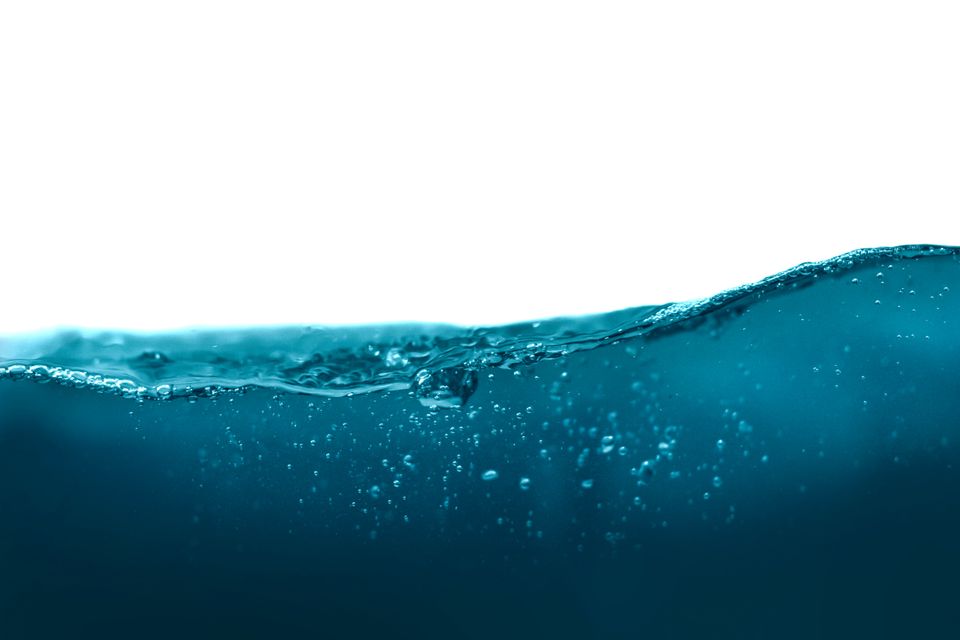Comparing Tastes of Water

When choosing what kind of water to drink, most people focus on the obvious comparisons, like cost, environmental-impact, and convenience. But an important consideration that is often forgotten is taste! Considering that humans are meant to drink at least eight glasses of water a day, 365 days a year, for our whole life, it would benefit each of us to drink water that we truly enjoy.
While some people might not notice the differences in taste between the various sources of water, there are actually subtle differences that make our water more or less enjoyable for consumption. Some of these differences include temperature, sweetness, saltiness, and even metallic undertones.
People may enjoy different tastes of water for a variety of reasons. Psychological factors like personal experiences and external stimuli, as well as physiological factors like age, health, and biochemistry can influence drinking water preferences.
These subtle tastes are usually indicative of the composition of the water. While water might seem to taste plain to the average consumer, there are actually many compounds in the average glass of water, often including minerals, chemicals, and even metals. Santevia has set out to compare different tastes of water and what these differences could mean for you and your family.
Tap Water
You may have noticed that different cities around North America are known for having good (or bad) tasting tap water. In Vancouver, for example, we are lucky to be known for having some of the best tasting tap water. Conversely, other cities around Canada may have water that has a metallic or salty taste. These differences reveal what compounds are present in the water that consumers are drinking.
Even if it tastes palatable to some consumers, tap water is treated with chlorine to kill harmful bacteria and may have trace levels of fluoride, lead, and other harmful contaminants. If you notice that your tap water tastes or smells like bleach, that could mean that likely means that you’re consuming bleach while hydrating. While fluoride doesn’t usually leave your water with a strong taste or smell, its presence can have negative effects on your health. A metallic taste in your tap water could be indicative of metals like lead and iron seeping into your water supply.
Bottled Water
If you drink bottled water regularly, you know that the taste of bottled water varies significantly between brands. For example, Fiji water is often described as soft, fresh, and sweet. This can likely be explained by the quality and location of their source water. They source their water from an aquifer in Fiji that likely supplies their water with plenty of natural minerals that contribute to the taste.
Conversely, other brands of bottled water use Reverse Osmosis technology to strip the water of all its natural and added compounds. This can leave the water tasting plain or flat, a combination that some consumers enjoy.
Some bottled water companies add carbonation and flavouring to their water. While flavoured sparkling water isn’t the healthiest water to drink, it is a satisfactory alternative for those who don’t enjoy the taste of water at all.
Brita Water
At-home water filters can be found in nearly any home goods store. They are effective in that they remove some chemicals and likely improve the taste of your water at home. However, the majority of these water filters work to mainly remove the chemical chlorine, while removing beneficial minerals during the process.
Removing chlorine from your water can reduce the smell and taste of chemicals and bleach, making it more appetizing for consumption. Yet, removing trace minerals like calcium and magnesium might actually leave your drinking water tasting dull. These trace minerals are found naturally in spring water and give your water its sweet, full taste. Similarly, water with a higher pH, often due to mineral concentrations, is actually known to taste sweeter as well.
While standard at-home water filters are effective at reducing chlorine, they may not be the best option if you are looking for ways to make your water taste better.
Santevia Water
If you are looking for the best way to improve the taste and quality of your drinking water, then look no further, because each Santevia product works to reduce harmful contaminants, add healthy minerals, and improve taste. At the junction of proper filtration, alkalinity, and naturally occurring minerals comes the best tasting drinking water.
From larger at home water filtration systems like the Gravity Water System, to smaller filters that can fit in your fridge, like the MINA Alkaline Pitcher, you can be certain that you will always get clean water that tastes full, silky, and even a bit sweet. Our products will produce water that you and your family will love - it’s even a favourite among furry family members!
While tap water and bottled water may quench your thirst, they may not be the best tasting. Tap water is often contaminated with chlorine and other contaminants which are not only bad for your health, but also your taste buds. Even bottled water can end up tasting flat as it is often void of any beneficial minerals. The best tasting and healthiest water is filtered, mineralized and alkaline - and most people find that it is the best tasting! If you’re looking for a way to invest in your health and improve the taste of your water, visit the Santevia product catalog to browse our line of products.

